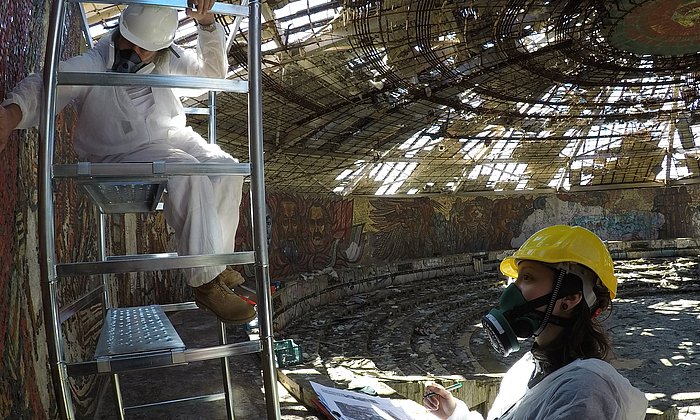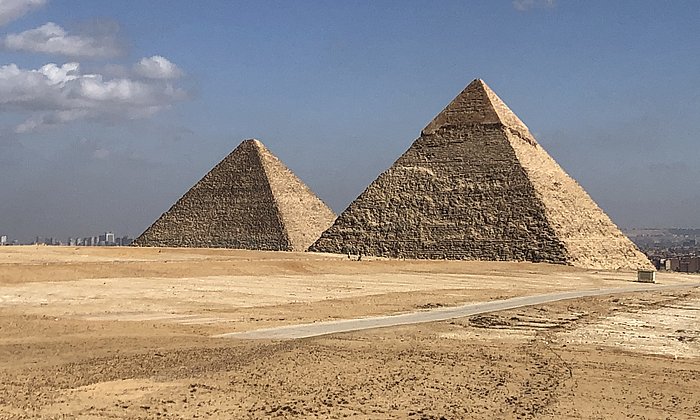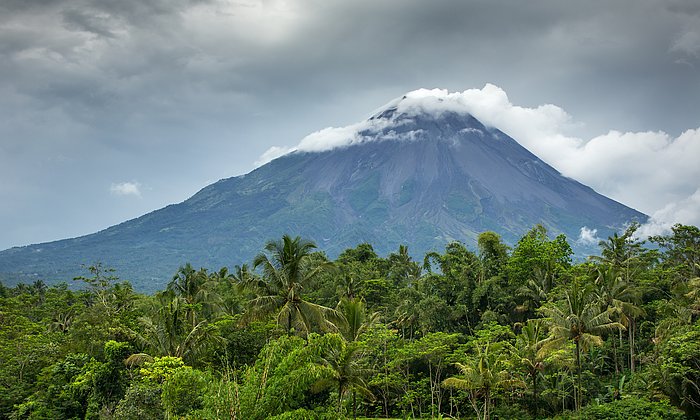Expedition to Roman emerald mines in Egypt
TUM precious stone expert Prof. Gilg in worldwide demand
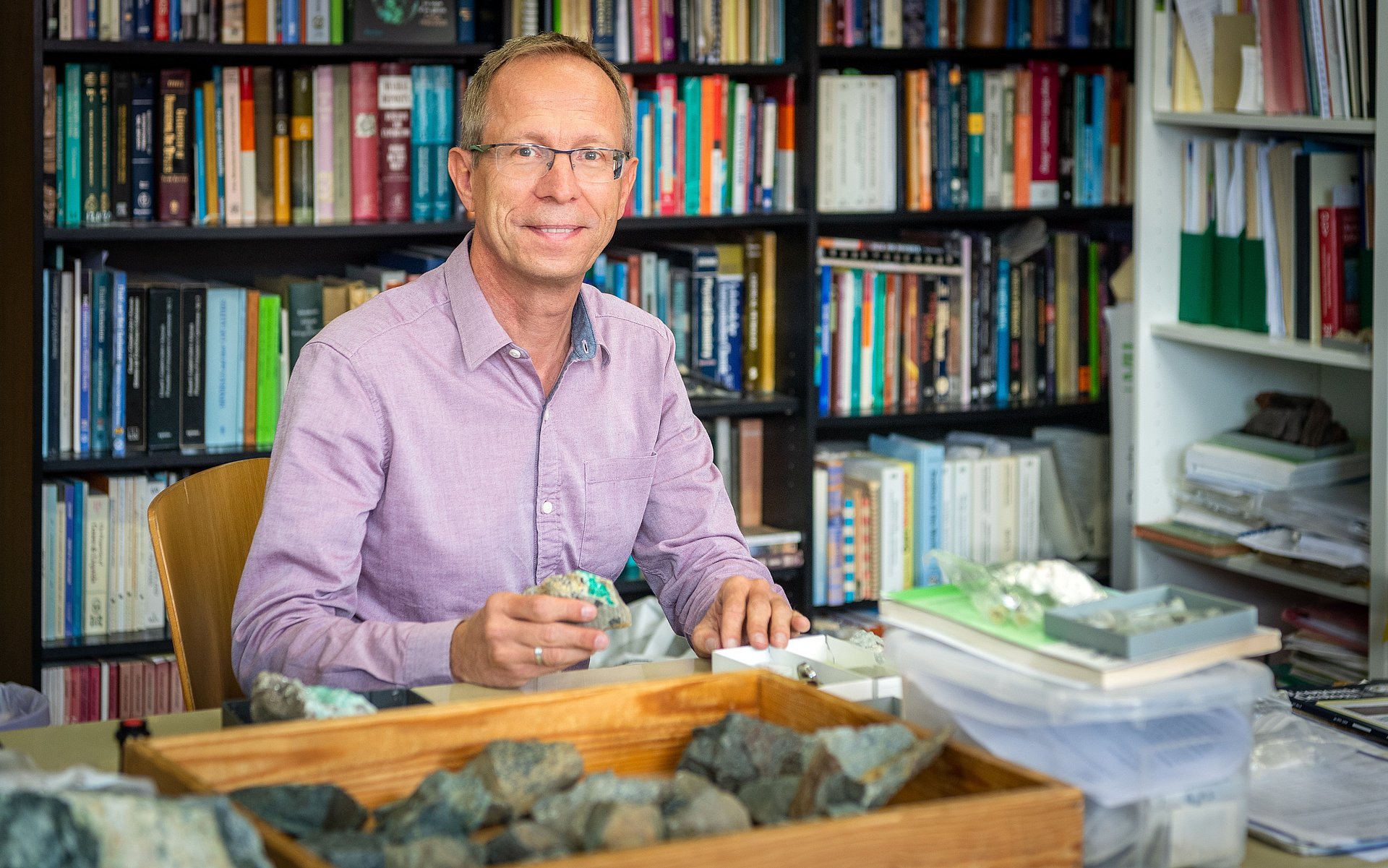
Prof. Gilg, how did you begin investigating ancient emerald mines in Egypt?
I'm an economic geologist and and my scientific focus at TUM is on non-metalic ore deposit genesis, including precious stones such as emeralds. In addition, our laboratory has a lot of equipment, such as X-ray diffraction and X-ray fluorescence analysis, Raman spectroscopy and polarization microscopy. We use this equipment to identify type, composition and more than anything inclusions in precious stones, which often reveal their origin. Some of these devices are even portable and can be used for analysis in museums or at excavations. Right now we have a lot of collaborative projects with Munich's museums. There aren't all that many experts in this field, so I'm frequently called in for investigations and lectures, for example currently in the Secular Treasury of the Vienna Kunsthistorisches Museum, where the precious stones of the Imperial Crown of the Holy Roman Empire are being investigated. As an expert I'm supposed to provide scientific supervision of the chemical analyses and their evaluation, planned for the near future.
This expertise was also important to the expedition in Egypt. The archeology team I travelled with came from various regions in Spain, led by the Universitat Autònoma de Barcelona (UAB). The objective of the expedition was to find out who operated the precious stone mines of the eastern Egyptian desert, during what period and exactly how the mines were run. Until now nobody has really done a thorough investigation of this, only a small number of scientifically skilled people have been bold enough to climb down into the ancient shafts.
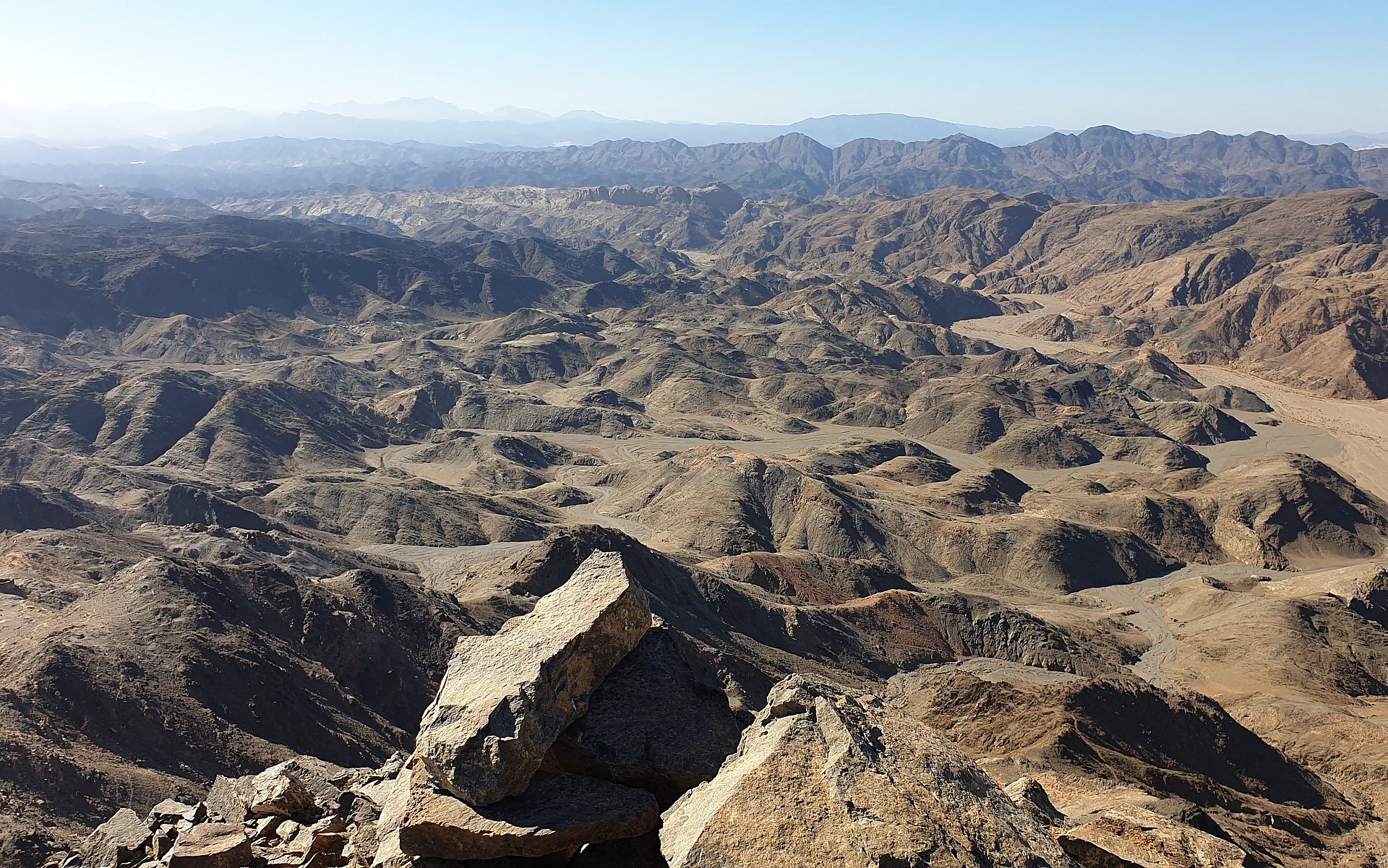
How exactly does an expedition like this work?
We stayed in a camp consisting of six tents: a dining tent, a work tent, a tent for cooking and three dormitory tents. In addition to the excavation helpers, we were also accompanied by cooks, representatives of the local police for security and two people from the Egyptian Ministry of State for Antiquities who monitored the excavations, findings and restoration work.
I spent 14 days in the wilderness, primarily making geological maps. That means every day I walked about 12 kilometers from camp and first surveyed all the excavation sites and the surrounding geological structures, finding some new mines in the process. We also entered the shafts and adits to conduct investigations.
Can you describe underground mining structures like that?
Entering the shafts is fairly dangerous. It was so cramped, sometimes we had to enter backwards and take off our helmets. And it's incredibly hot in the shafts as well. The afternoon temperatures out there reach 25 degrees centigrade in the shade in January, when at night the temperature can then drop to less than five degrees. But in the shaft you have the annual average desert temperature of 40 degrees, since there's hardly any air circulation in the shaft. And there is an awful lot of bat guano in the shaft, so you need a really good mask with a valve. I wasn't ideally equipped, I actually should have had ski goggles to protect my eyes against the dust.
Who built these mines?
After the Roman occupation arrived, first it was the military. This can be seen in the inscriptions found underground and the style of construction; the extent of the underground structures, which can be as much as 40 meters deep, feature pillars, partial backfilling of the excavated areas and carefully constructed shafts. So these mines were built by pros, and not by slaves. The first mining phase took place in the first century of the Common Era until approximately the middle of the second century. Apparently the mining was gradually taken over by the local nomadic tribes, the Blemmyes, starting in about 300 C.E. They also established larger settlements, but the underground mining became a little more chaotic.
The ancient mines were rediscovered in the early 19th century by the mineralogist and adventurer Frédéric Cailliaud, when Egypt was still a part of the Ottoman Empire. And mining for the precious stones began again immediately. However, the financial returns were modest and the mining activities were soon discontinued. In 1899 the English jeweler Edwin Streeter organized a major expedition with 130 camels in an attempt to once again mine emerald and gold there, but he too ultimately failed due to the low yield, poor quality and the high cost of obtaining the emeralds.
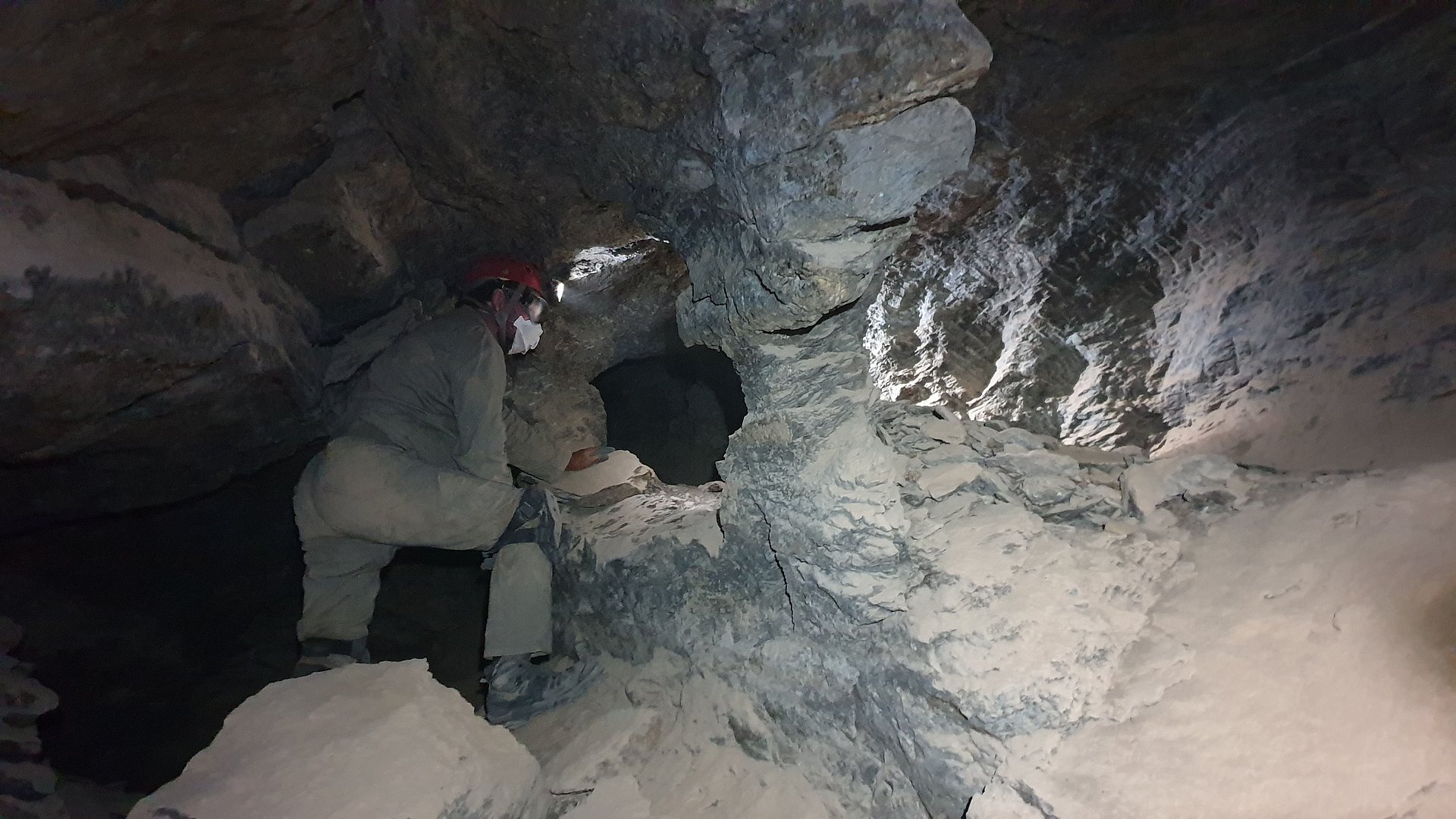
What were you able to find out about the mines on location?
The area still hadn't been exactly mapped. The Spanish colleagues used GPS to determine the precise location of these mines. Everything is recorded in the geographic information system. My contribution to this archeological assessment is the geological structures, i.e. why the mines are located where they are. I did a lot of walking and attempted to find the geological boundaries of rock series, especially those containing emeralds. To me as a geologist, that is classic fieldwork. That's what makes this a dream job, I'm outside on location a lot, but I still do a lot of laboratory work.
Are there still emeralds to be found in the mines?
There were certainly more small surface excavations than large underground mines. But the depth of the mines seems to have paid off. The shafts were very narrow, so the miners were really only in search of the emerald-bearing strata. And they were very efficient, since there are hardly any more subterranean emeralds to be found. There are also flat areas cut into the cliffs at the entries to the underground structures where the host rock were processed, crushed and the emeralds were removed.
Over the course of many centuries almost everything there has already been gathered up. At most of the sites all that you'll find are small fragments and poor quality stones.
Which precious stones are your favorites?
I'm fascinated by red garnet. This is a gemstone which today is really no longer properly appreciated, but which is particularly well-suited to determining geographical origins, since it has an unbelievably wide mineralogical diversity. However, in ancient times it was more valuable than the ruby is today. Red has always been an important color to humans, since it symbolizes fire and blood. And red was the first color used in cave painting. I also very much like working with clays. In terms of color and in general, clays are not really very flamboyant, but there are also clays which have a beautiful green color, almost like an emerald.
Technical University of Munich
Corporate Communications Center
- Stefanie Reiffert
- stefanie.reiffert@tum.de
- presse@tum.de
- Teamwebsite
Contacts to this article:
Prof. Dr. Hans Albert Gilg
Technical University of Munich
Professorship for Engineering Geology
Phone: +49 (89) 289 - 25855
agilg@tum.de
